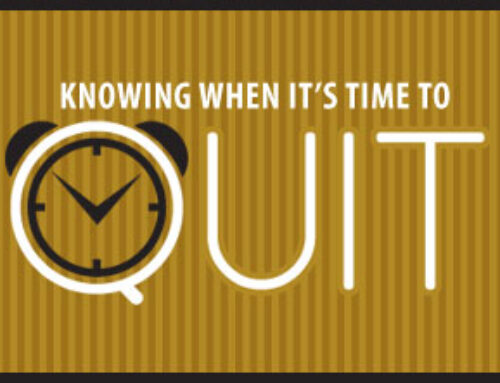
Thanks for your Wisdom Drew Hendricks
Google’s Love for Freshness
The freshness of content is a ranking factor in Google search. It might not seem like it when you’re a casual user of Google, of course. A lot of results are from the last few years, and when researching SEO topics, a lot of times the top ranked content is from 2007, 2011, 2014, or what have you. It’s very common to find older content outranking newer content, but that’s not a real indication that freshness doesn’t matter. In fact, one of the best strategies for coming up with new content is to find high ranking but old content and one-up it. You’re not guaranteed to out-rank it immediately, since links hold of lot of sway, but freshness is a beneficial factor.
There’s also the web crawling aspect of freshness. The more often you update your page, the more often Google crawls it. This isn’t directly correlated to your search ranking, but it does give your page more agility. If you post a new piece of content about something newsworthy, you want Google to index it today, not next week. The more frequently your site requires crawling, the more frequently Google will crawl it.
It’s a fact that not every piece of content is exceptional, and not every piece of content is going to go viral or even get a high level of traffic. Many pieces of content are relatively ignored, or used by a small and select group of users. Narrow niches and long tail keywords (3 or 4 keyword phrases) dominate search. How do you find these opportunities? You certainly can’t just write one post per month and hope that one does well. You need to write four, or eight, or sixteen posts per month, in the hopes that one or two of them do well. Not every piece of content can be a hit, but the more content you make, the more likely you are to hit.
More posts means more traffic coming in from more sources. More of all of that means more leads, and more leads mean more conversions, more sales, and more profit for your company.
In a very real sense, if you stop blogging, you lose all of that. If you stop producing content, or even taper it off too significantly and too sharply, you lose a lot of that incoming traffic. That drop in traffic can mean the difference between making a profit or losing money for your business, depending on how slim the margins you work with happen to be.
And here’s the thing. The longer you go without blogging, the worse off you’re going to be. That drop in ranking is just going to keep falling. You may be able to make it up with PPC (Pay Per Click) and social media initially, but those will start to drop off after a few months, and after a year they won’t break even any more. Eventually you’ll have no choice but to pick a blog back up if you want to grow again.




